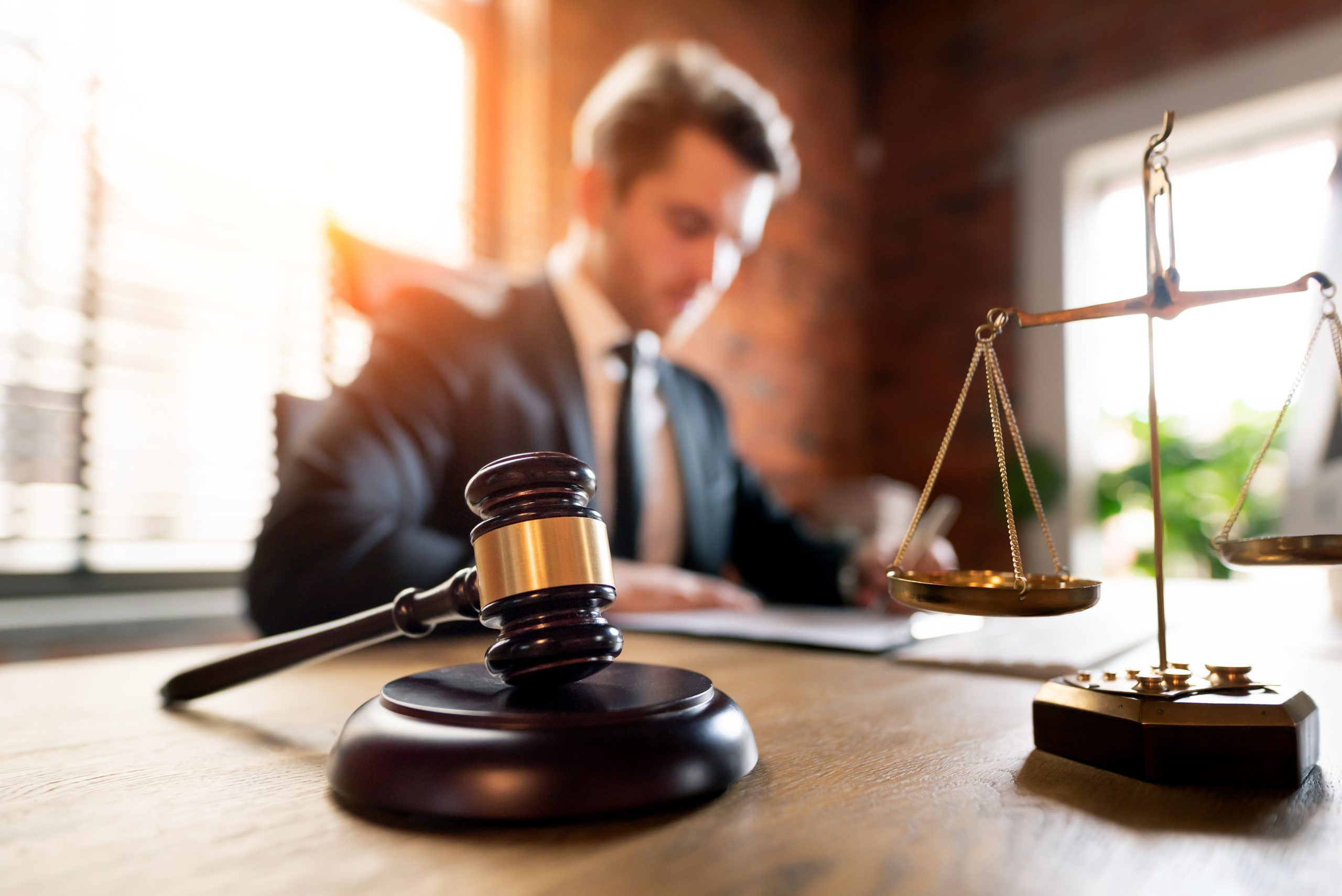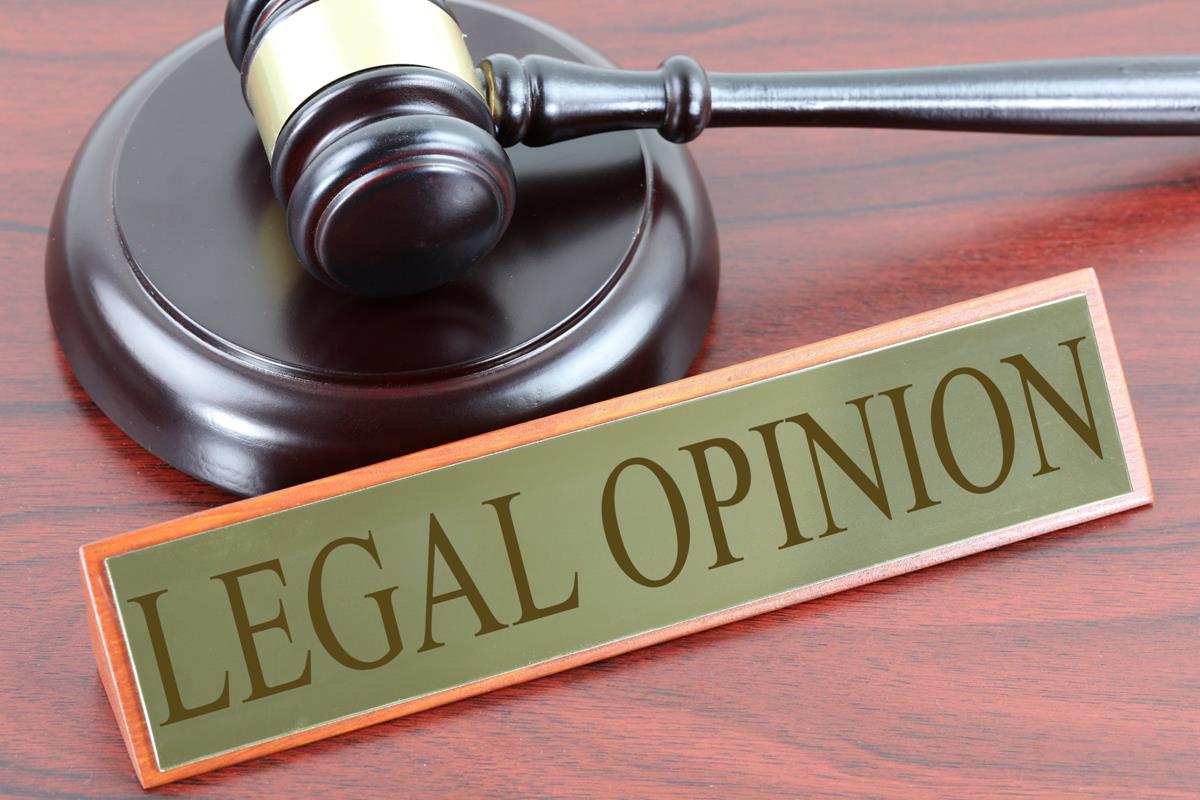Business buildings in the US consume 39% of America’s energy and 68% of its power. They further radiate 38% of the carbon dioxide. Concentrates likewise show that lightning, air conditioning, and office gear are liable for the vast majority of the energy utilization in a run of the mill building, which is uplifting news for these are promptly manageable.
Tip #1 Understand the law correctly
New York City Local Law 87 (LL87) mandates buildings bigger than 50,000 square feet to present an Energy Proficiency Report (EER) like clockwork. It reports energy audit results and retro-commissioning estimates that validate the operating states of building frameworks.
What are you required to do under LL87?
- – Decide if your building needs to comply as well as which year is the compliance due
- – Lead periodic energy audits and retro-commissioning of base building frameworks
- – Complete and present the EER – Energy Effectiveness Report, electronically
- – Present the EER once at regular intervals to the city by December 31st.
Exemptions from Local Law 87 if
- – The building has gotten an EPA Energy Star name for 2/3 years before the audit due date
- -The building has gotten LEED certification for existing buildings in no less than 4 years before the audit due date.
Tip #2 Penalties
Non-submission automatically brings about infringement, which charge a fine of $3,000 in the principal year and $5,000 consistently later. The Division of Buildings is liable for the enforcement of the local law 87 and it considers rebelliousness a class 2 infringement. The DOB additionally expects to lead random audits of the documents that have been submitted under the law.
According to Local Law 87, the compliance not entirely set in stone by the last digit of a building’s expense block number. It repeats at regular intervals. For instance, if the block number finishes in 2, the EER report is due toward the finish of 2022 and the following compliance is due in 2032.
Tip #3 don’t panic if you missed the due date; here’s how you apply for an extension
Local Law 87 Extension
There are extension provisions accessible in instances of fizzled and troublesome submissions. The provision likewise reaches out to a building experiencing financial difficulties. An extension demand costs $155 and should be recorded by October first of the year when the report is due.
Tip #4 Understand the difference between energy audit and retro-commissioning
Energy Audit |
Retro-commissioning |
|
|
|
|
|
|
|
Tip #5 here’s how you select your energy provider
Exploring the compliance landscape can most understandably appear to be overpowering, all the more with respect to seeing as an expert. Here’s a list of the multitude of inquiries you ought to pose along with the sort of answers you ought to expect:-
1. How long have you been providing LL87 services?
Preferably, you ought to search for people who have something like 5 years of experience as that unavoidably mandates a profound understanding of the subject – how it’s developed, momentum processes, significant thoughts, and so on.2. How quickly can you get the energy audit and retro-commissioning done?
Be careful about providers that promise speed. It requires significantly longer than a simple two or three weeks to thoroughly finish the review. We suggest a protected season of a half year.3. Does your staff include Professional Engineer (PE) and/or registered architects?
The revision done to the LL87 unequivocally requires one as need might arise to be at last closed down by them.4. What is your approach to energy auditing and retro-commissioning?
An experienced provider takes a gander at the building interconnected – the building’s all’s frameworks, are dynamic as a piece of a living being. That is, further developing one aspect inherently influences the other. No changes should be made in isolation.



